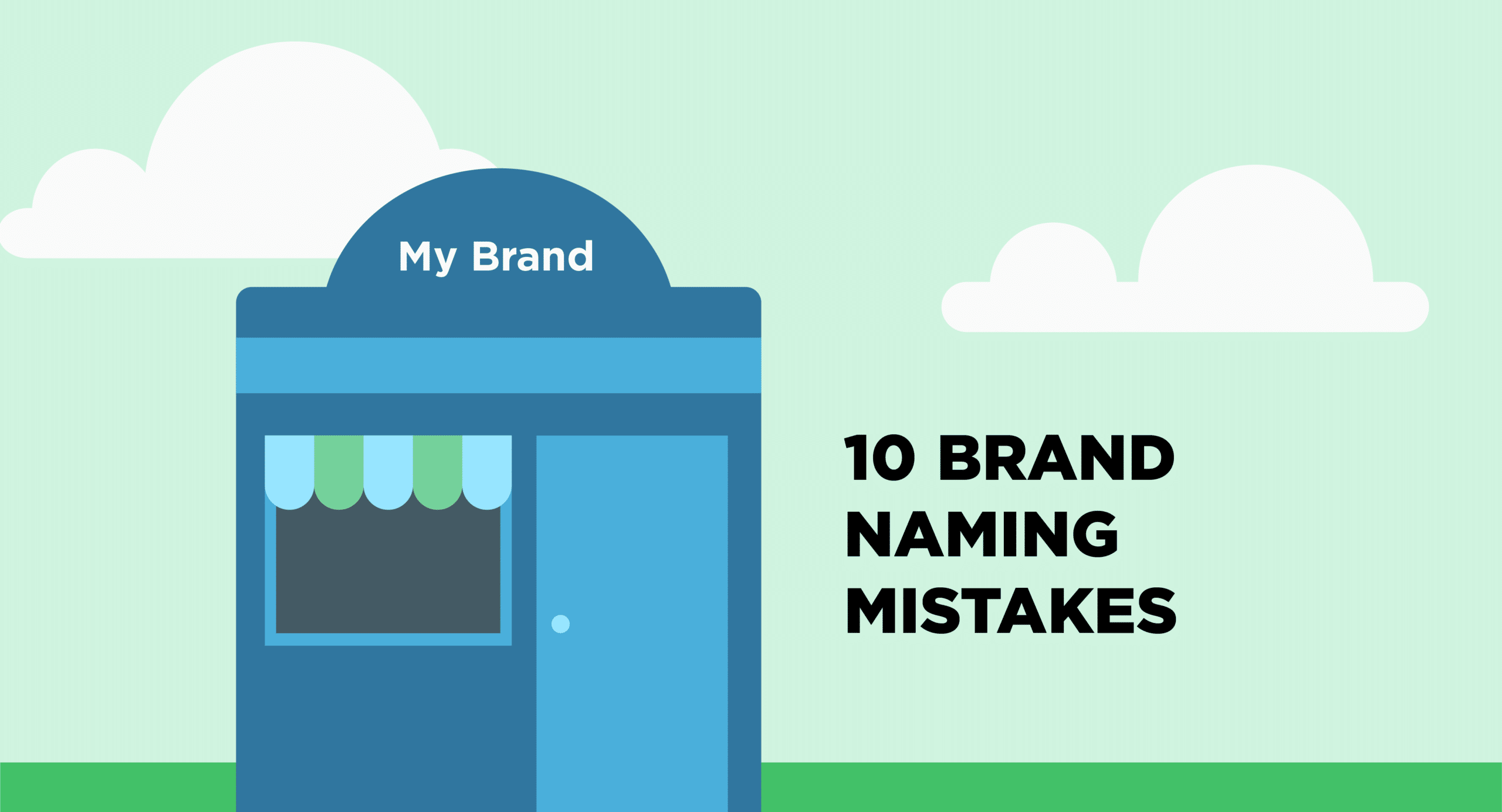BRANDING
5 Essential branding strategies for small businesses
Branding goes beyond just a logo or catchy tagline for a business — it’s about building a brand identity that attracts and fosters lasting brand associations.
Strategic and well-planned branding can propel your business ahead of competitors, cultivate a loyal customer base, and drive growth.
In this article, we’ll explore five essential branding strategies for businesses to establish and maintain a strong brand presence.
1. Define your brand identity
The first step is to develop effective brand strategies that directly resonate with your target audience.
Understand your vision
Your vision forms the foundation of your brand, defining your business purpose, goals and position in the market. This helps to clarify what your brand stands for to both you, your employees and your target audience.
Articulate your point of difference
Outline what sets your business apart from competitors. Clearly define the benefits of your products or services and explain how they meet the needs of your ideal customer.
Develop a brand voice and personality
A brand voice and personality defines how you communicate with your audience and how you want to be perceived. Consider the qualities you want to convey to your audience.
For example, if you want to project that your brand is caring, innovative and trustworthy, these attributes should be evident in your messaging, communication, and visual direction. It should be consistent across all channels and serve as core principles in any marketing material.
2. Understand your ideal audience
This stage of branding is critical and many businesses make mistakes at this stage. They often assume they know their audience’s needs without conducting thorough research to understand their challenges and desires.
Additionally, they fail to clearly define their ideal audience. Consider the type of audience you want to attract — maybe it’s those who appreciate your brand’s value, are loyal and are enjoyable to work with. The better you understand them, the more effectively you can tailor your messaging to engage and resonate with them.
Conduct thorough market research:

Research can take the form of surveys, interviews with ideal clients, focus groups, competitor audits, or questionnaires. This process involves collecting information about your ideal audience, including their needs, qualities, preferences, and behaviours. This data can help your business understand your customers’ needs and how to meet them effectively.
Create buyer personas
Creating detailed buyer personas helps businesses gain a deeper understanding of their target audience. These representations of your ideal customer are based on market research and real data about your existing customers.
They include demographic information, behaviour patterns, motivations, goals, and challenges. With this knowledge, you can tailor your marketing and advertising efforts to meet customers’ specific needs and preferences, which will lead to more business conversions.
Tailor your message to your audience
Understanding your audience allows you to craft targeted messaging that resonates with their specific needs and preferences. By addressing their unique pain points and highlighting the benefits they care about, you can explain how your products or services can help resolve their issues and make their lives easier. This approach enables you to engage your audience more deeply and achieve better results in your marketing efforts.
3. Create a consistent brand image
Creating a consistent brand image is crucial for building recognition and trust among your audience. This involves maintaining uniformity in your visual direction and voice across all marketing materials.
Consistency in your logo, colour scheme, typography and imagery creates a cohesive look that enhances brand recognition. Similarly, using a consistent tone and style in your communications reinforces your brand’s personality and values with your target audience. This uniform approach not only boosts memorability but also builds trust and credibility, as customers know what to expect from your brand.
Design a memorable logo
A brand needs a face, and your logo serves as that face. It should be simple, memorable, and reflective of your brand’s identity. A well-designed logo can leave a lasting impression on your audience, making your brand easily recognisable and reinforcing your brand’s image and values.
Choose your colour palette
Another critical factor in developing your brand identity is selecting a colour palette. Every colour can evoke specific emotions, so choose colours that represent the personality you want your brand to convey. Ensure the colours you select reflect how you want your brand to be perceived by your target audience.
Maintain consistent fonts and design elements
By using consistent fonts and design elements across all your marketing materials — whether on your website, social media, print materials or packaging — you create a cohesive and recognisable brand image. Your choice of fonts, whether bold, contemporary, serif, or delicate, helps define the personality of your brand.
Similarly, maintaining consistent design elements like logos, icons, and graphical styles enhances brand recognition. This uniformity not only enhances visual appeal but also builds trust and credibility with your audience. It ensures that every interaction with your brand feels cohesive, reinforcing your unique identity and fostering customer loyalty.

4. Develop a strong online presence
In today’s digital age, having a solid online presence is essential for any business.
Develop a professional website
Your website serves as the initial interaction between you and potential customers. Design, communicate, and develop the site based on the customer research, brand identity messaging, and brand personality established in the previous steps stages.
Ensure the information is targeted, emotive, and encourages engagement, utilising special offers or incentives to prompt enquiries and regular form submissions.
Use social media platforms
Take full advantage of social media platforms, which are essential for connecting with users seeking products or services and interacting with brands. Use these platforms to boost brand and business awareness among your target audience, articulate your values, and engage deeply with your target audience.
It’s not just about selling, but also forging genuine connections, educating and delighting customers with fresh insights, information, or new products. Regular interaction with customers on social media cultivates strong brand relationships and fuels business growth.
Implement SEO best practices
You may have heard of SEO, which stands for Search Engine Optimisation. It involves optimising your website to enhance its search engine friendliness on platforms like Google and Bing. This strategy boosts your website’s online visibility, making it easier for users searching for products or services like yours to find you.
5. Foster customer relationships and loyalty
The cornerstone of every business is earning customer trust. The key question is: how can we achieve that?
Provide exceptional customer service
Post-sales service is a common concern for every customer. Ensure easy access to your customer service team who should be well-trained to uphold your brand values and effectively handle customer queries.
Engage with customers regularly
Regularly engaging with customers is crucial for building loyalty and trust. Use channels like email newsletters, social media, SMS, or WhatsApp marketing to share updates about your business, offers, and valuable information, fostering stronger connections with your audience.
Develop a loyalty program
Introducing a loyalty program is another effective way to engage customers. This program can feature discounts, exclusive offers, special events or other perks that provide tangible benefits to customers and encourages repeat business activity.
Conclusion
Branding is an ongoing journey that demands dedication, perseverance, and consistency. When you establish your brand identity, you can better understand your target audience, maintain a consistent brand image, cultivate a strong online presence and nurture customer relationships. These strategies can help you develop a strong, resilient brand that stands the test of time.
The enduring rewards of effective branding includes increased customer loyalty, enhanced business visibility and ultimately, increased sales.
At Liquid Creativity, we specialise in implementing these branding strategies, empowering you to craft a brand that deeply connects with your audience and drives business growth. Let’s collaborate and explore how branding can be a transformative opportunity for your business today.
Read more: How To Create A Memorable Brand Logo: Tips And Tricks
FAQs
What is the most important aspect of branding for a business?
Defining a clear and unique brand identity is paramount for a business. This involves articulating your mission, vision, and unique value proposition, which serve as the cornerstone for all your branding efforts.
How can a business differentiate its brand in a crowded market?
A business can differentiate its brand by identifying and highlighting its unique qualities. This might involve a distinctive value proposition, outstanding customer service, or a unique brand voice and personality.
What tools can help a business with branding efforts?
Several tools can assist businesses with branding efforts, including graphic design software (like Adobe Illustrator or Canva), social media management tools (such as Hootsuite or Buffer), and SEO tools (like Google Analytics or SEMrush).
Once we create a brand that works for your business and ideal clients, we can create templates and style guides to help you produce the right marketing materials that is consistent with your brand strategy and positioning.
We also work with clients on an ongoing basis to create marketing materials and branded collateral if your business does not have an internal marketing team.
How long does it typically take to see results from branding strategies?
The timeline for seeing results from branding strategies can vary, but generally, it takes several months to a year to start noticing significant changes and results. Consistency and persistence are keys to successful branding as well as being responsive to market feedback.
Can rebranding be beneficial for businesses and if so, when?
Rebranding can be beneficial for businesses when there is a need to refresh the brand’s image, reach a new target audience, or differentiate from competitors. It is also best done when when your branding no longer represents what you do and who you are as a business. It’s important to approach rebranding thoughtfully to ensure it aligns with your current business goals, values and future aspirations.







